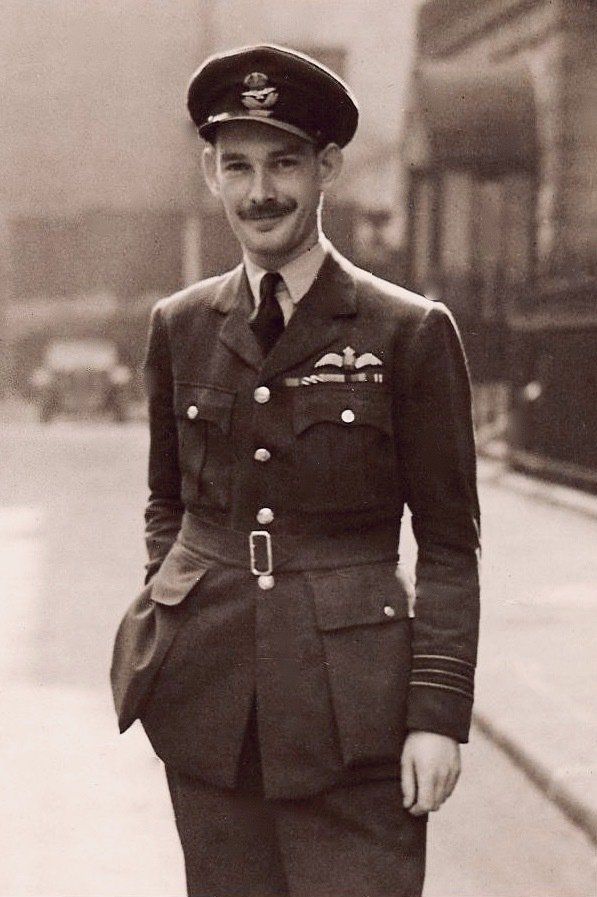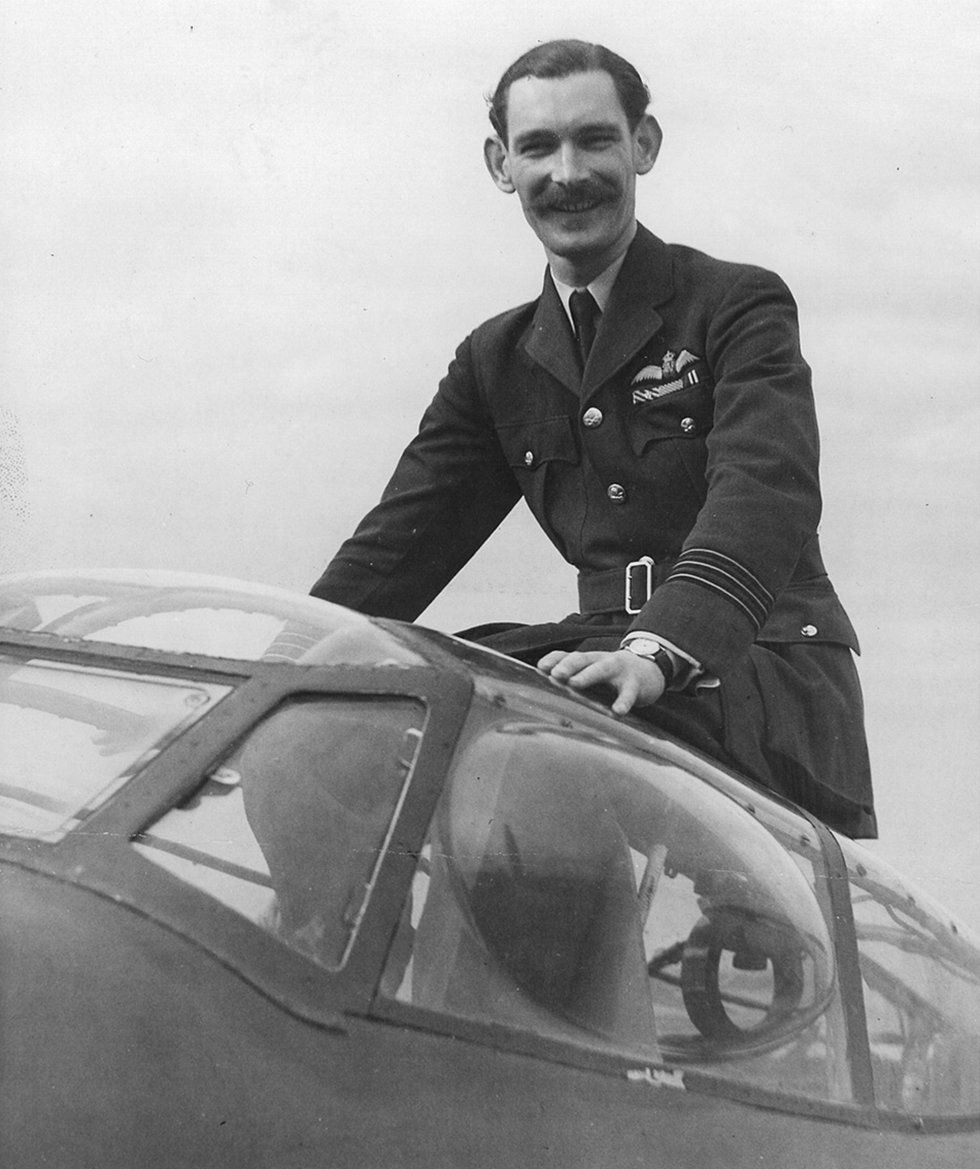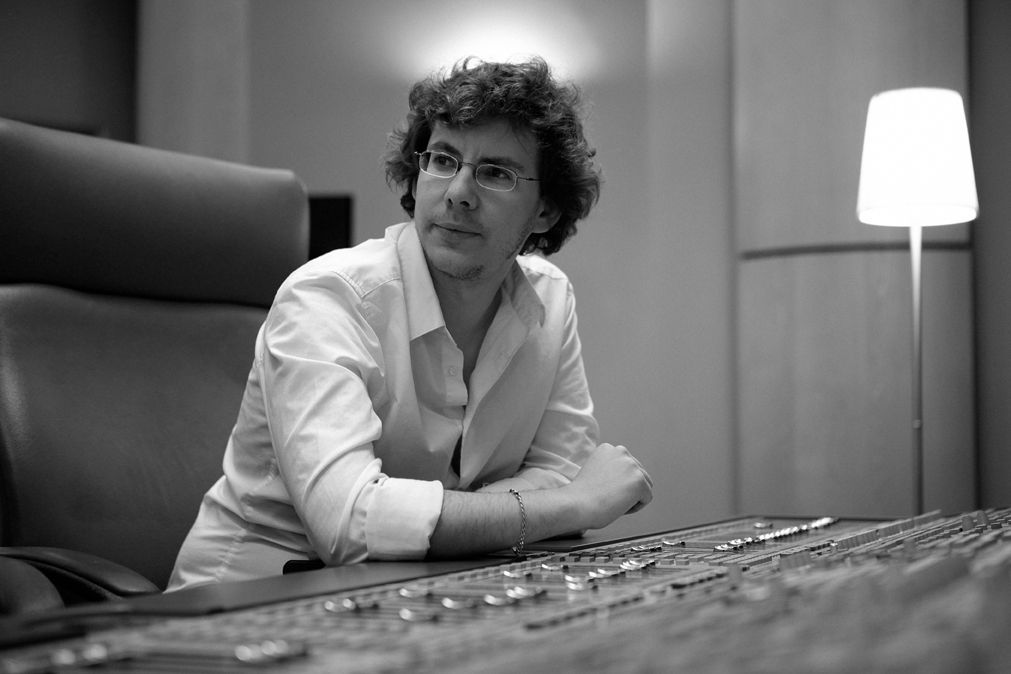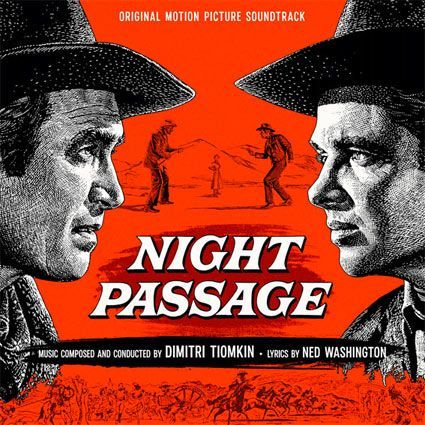When, in early 1943, defying the appalling attrition statistics, he completed the 80th of his ultimate total of 97 successful missions he received the Bar to his Distinguished Flying Cross. By this time he was a Wing Commander and commanding officer of a low-level Mosquito bomber squadron. Wooldridge was often filmed in documentaries as a representative of the Royal Air Force and became the adjutant to Guy Gibson’s 617 Squadron, The Dam Busters. Bombing landing barges at Calais for three nights successively early in 1940, he was wounded when an anti aircraft shell burst in the cockpit of his aeroplane and this injury eventually caused him to be invalided out of the Royal Air Force in October 1945, when he held the post of Chief Flying Instructor. After being demobbed he became even more active as a composer and author; his book LOW ATTACK (1944; reprinted 1993) describing his low level bombing exploits.
On leaving the Royal Air Force after the war, Wooldridge devoted himself chiefly to the composition of film music where Dr Edward Waters of the Library of Congress described that ‘he invariably reflected skilled and resourceful musicianship whilst meeting the needs of this medium’. He was much associated with films by John and Roy Boulting (the Boulting Brothers), who put him under contract to write the music for FAME IS THE SPUR and THE GUINEA PIG starring a very young Richard Attenborough. As was common at the time, Wooldridge made a suite from his music for FAME IS THE SPUR; this was played by the Hallé Orchestra, conducted by John Barbirolli. He scored the films BLACKMAILED (1950), CONSPIRATOR (1950) WOMAN IN QUESTION (1950), ANGELS ONE FIVE (1954), THE LAST MAN TO HANG (1956), COUNT FIVE AND DIE (1958), with a harmonica solo played by Tommy Reilly, and RX MURDER (1958). Later, for MGM, he wrote the music for EDWARD MY SON (1949), which was conducted by Sir Malcolm Sargent. He wrote story, script and music for the definitive film about the Royal Air Force Bomber Command in World War II, APPOINTMENT IN LONDON (1952); he also wrote the squadron song for this film and was the conductor of the score played by the Phiharmonia Orchestra. This film starred Dirk Bogarde and Dinah Sheridan and it gave Dirk Bogarde his first heroic, ‘non-spiv’, role.
John Wooldridge also wrote Incidental music for the theatre. He wrote the score (and songs) for the Michael Redgrave / Michael Benthall production of The Tempest with a young Richard Burton as Ferdinand for The Memorial Theatre, Stratford (1951). He also provided incidental music for productions at The Open Air Theatre, Regent’s Park, directed by Robert Atkins. Not content with writing music he was active as an author: film scripts (Appointment In London; The Man Who Hated War; The Pride Of Spenwiddy; Sandric Is Dead) and plays (Three Steps To Heaven – first performed in London (1955) and
Life With The Girls first performed in London (1956).
During the first three years of the war, and in between flying, he wrote his first and most notable musical work — a symphonic poem
The Constellations (1944) working alternately on borrowed pianos and the local padre’s organ. Much of this was sketched during the long bombing missions over occupied mainland Europe. Wooldridge went to America to acquaint the U.S. Service Chiefs of British plans for PLUTO and FIDO insofar as they affected the allied air forces. He took with him the score of
The Constellations and this work was premiered by the New York Philharmonic Orchestra conducted by Artur Rodzinski (1894 – 1958). Its UK premiere was given by John Barbirolli and the Hallé Orchestra. In November 1944, Wooldridge returned by invitation and with special permission from the Royal Air Force to attend several British concerts.
There are also the
Largo for Orchestra, Prelude For An Unwritten Tragedy Orchestral Suite and the
Prelude for a Great Occasion also known as
Music for a Great Occasion for organ and orchestra and an English Rhapsody,
Song of the Summer Hills, dedicated to the Boyd Neel String Orchestra.
His music includes the
Slow March For The Royal Air Force, which was played at the unveiling and dedication of The Royal Air Force Memorial, Runnymede and also at the funerals of Air Marshal Sir John Slessor and Sir Winston Churchill. Famous soloists showed practical interest and commitment to his music. He wrote an Oboe Concerto for Leon Goossens who played this at The Orangery, Hampton Court. Later it was recorded in Holland where it was also performed by the Concertgebouw. His Cello Concerto was written for Maurice Eisenberg.
His
The Saga Of The Ships was performed by the Sheffield Philharmonic Orchestra conducted by Herman Lindans. This work, for narrator and orchestra, was written for his wife, Margaretta Scott (1912 – 2005), who gave the first performance. This work is ‘Dedicated with his permission to the Right Honourable Winston Churchill – in honour of his distinguished associations with the men of the sea.’
Wooldridge struck a commanding and remarkable figure at 6 foot tall, weighing 150 pounds, with brown hair, blue eyes, and sporting a ‘Bomber Command’ moustache. He described himself as ‘an ordinary chap’. His musical activities also included work as an orchestral conductor especially with the Philharmonia Orchestra. He married the actress, Margaretta Scott, in 1948 and they became the parents of Susan Wooldridge, an actress, and Hugh Wooldridge, a theatre director. John Wooldridge died in a car accident, driving back to London from conducting a film session on October 27, 1958. He was 39 years old.
Originally published @ MusicWeb International © 2005 / Text reproduced by kind permission of Hugh Wooldridge





